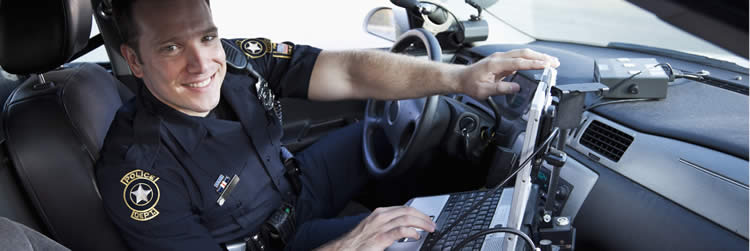Start
Click Here
Spanish for Police Officers

Breaking Down Language Barriers: The importance of Spanish in Law Enforcement
Are you seeking a powerful, profession-focused way to learn Spanish for law enforcement? You’ve come to the right place. Our expertly designed training program is built specifically for law enforcement professionals, equipping you with essential Spanish skills to communicate effectively with Spanish-speaking individuals. Whether you're handling routine stops, emergencies, or community engagement, our engaging lessons and intuitive platform make it easy to learn on your schedule. Start your journey toward bilingual communication and enhance both safety and trust in the communities you serve.
Effective communication in Spanish helps officers build trust, gather critical information, and strengthen relationships with Spanish-speaking communities—an essential skill in modern policing.
Without language skills, critical instructions can be misunderstood, crimes may go unreported, and situations can quickly escalate. Most importantly, understanding Spanish can directly impact officer safety and de-escalation outcomes in the field.

